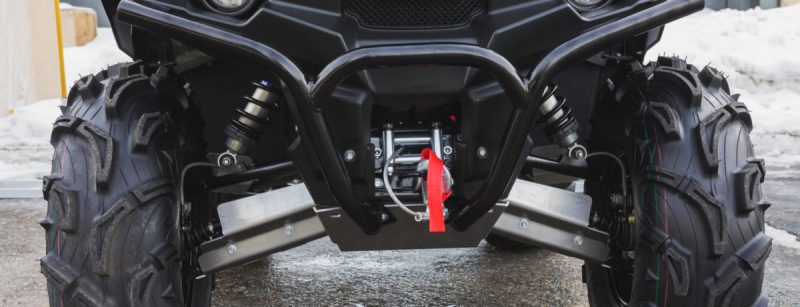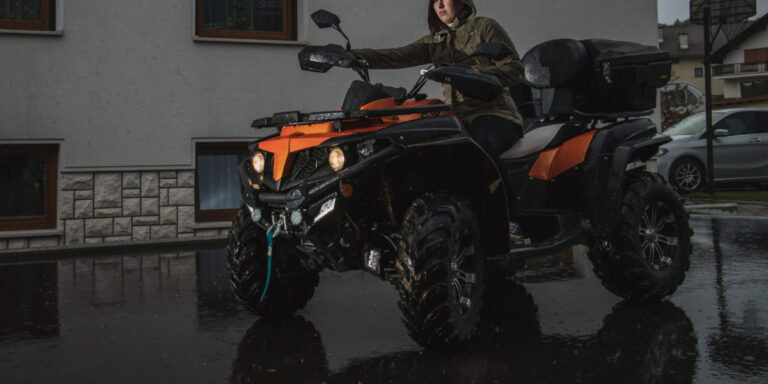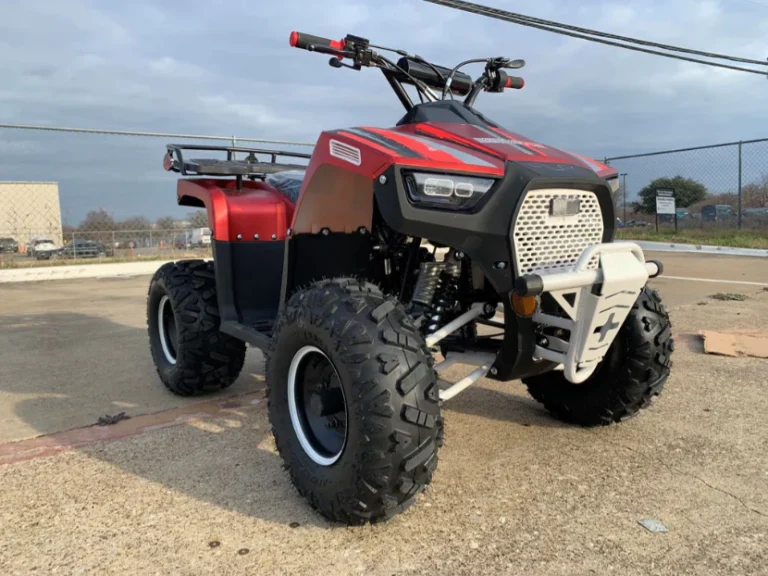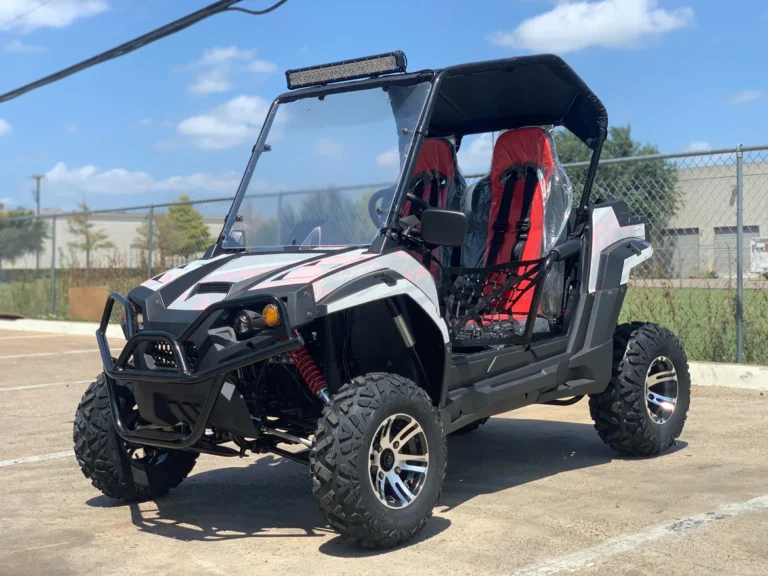What to Know About Lifting Your ATV or UTV
What to Know About Lifting Your ATV or UTV

Lifting your ATV or UTV gives you power, control, and a whole new riding experience as you bounce over rocks and splash through mud. As an owner of a four-wheeler or side-by-side, you can customize your vehicle by giving it a lift. If you’re using your quad or SxS for work or play, using lift kits installed by a trustworthy ATV/UTV mechanic can help you cover tough terrain, with clearance over rocks, downed trees, snow, and other debris. For a better understanding, expreswheels.com is sharing what to know about lifting your ATV or UTV.
Why You Should Lift Your ATV or UTV
Lifting or raising your new or used ATV or UTV can give you power and leverage when riding in tough spots, like rocky or snowy terrain. If you’re putting your four-wheeler to work on a farm for towing or transporting material, lifting might be helpful for ground clearance and give you better control over your towing trailer. If you’re off-roading on trails, lifting can help you go over obstacles and debris that might otherwise prevent you from continuing on a route. Depending on how high you lift, you could have a better vantage point, and you should be able to roll through thick mud and sand with greater ease.
Disadvantages of Lifting Your ATV or UTV
Safety comes first when riding your powersports vehicle, and there are risks involved when lifting your ATV or UTV. With increased height and a higher center of gravity, it can be easier to roll your four-wheeler if it’s unstable and you’re driving too fast. You have to be extremely careful taking turns and landing jumps, all while watching your speed, so it’s not recommended you attempt any tricks with a lifted off-roader. Similarly, your vehicle will be less maneuverable and you will have to drive slower if you’re ATV racing.
Depending on how rough you ride, lifting can also increase the possibility of damage to other parts of your quad, like your suspension, bearings, axles, and wheels. Any lifting work put on the vehicle might void your warranty, so double check with your seller or the original manufacturer before you lift. Finally, the lift installation process itself comes with some inherent risks of injury or property damage if you work on the vehicle yourself. And, if lifting is done improperly, all these risks during installation and riding are significantly higher.
ATV/UTV Adjustments to Consider When Lifting
When you lift your four-wheeler, you’ll have to make some adjustments to other parts and components of your vehicle to stay safe and keep your vehicle in top shape for performance. You’ll need larger tires to fit your vehicle, ideally those with a great grip for vehicle traction, so look at different sizes and treads. As another precaution, consider an enclosed vehicle or ATV with roll cages for sale, because of the increased chance of tipping or flipping with a lifted vehicle. And once your quad or side-by-side is lifted and you’re using it through dirt, mud, or sand, keep up with regular maintenance like greasing and oiling parts. See what parts of the quad are more exposed to dirt and grime, and give your vehicle a wash.
Lifting Your ATV/UTV Yourself
To stay safe, avoid damage to your vehicle, and prevent voiding a warranty, it may be a better option to hire an expert mechanic to lift your quad. If you’re doing it yourself, installation requires the right know-how, tools, time, and money. However, if you do decide to go ahead with the project yourself, look at the market for ATV jacks or jack stands, lifts, blocks, and ramps. Lifting your vehicle requires a flat surface, like a garage with plenty of clearance above and around you. When lifting, don’t use the jack or lift the vehicle on the A-arms, rotors, rear sprocket, or engine; this could be unsafe, unstable, or cause damage. Put the jack under the frame in the front bumper, middle, and rear bumper of the vehicle, and ensure it’s securely balanced.
Lifting your ATV or UTV can improve your riding experience and make your vehicle more efficient for off-roading or work. Understand that there are advantages and disadvantages, risks, and required expertise to lift your quad. If you’re looking for your next ATV or UTV see all the new and used listings on the nation’s leading marketplace,
Disclaimer: Lifting your ATV or UTV requires following important safety procedures, having the proper equipment and understanding all the necessary steps. As noted above, there is serious risk involved with lifting an ATV or UTV, which can lead to both property damage and / or personal injury or even a fatality; if you are uncomfortable with the prospect of lifting your own ATV or UTV, please err on the side of caution and consult an expert. Furthermore, again as we have described above, the risks associated with riding your ATV or UTV are substantially increased when the vehicle is lifted. Make sure you know your skill level, practice safe riding and don’t exceed your comfort zone – safety is always paramount when riding, even more so with a lifted ATV or UTV!







